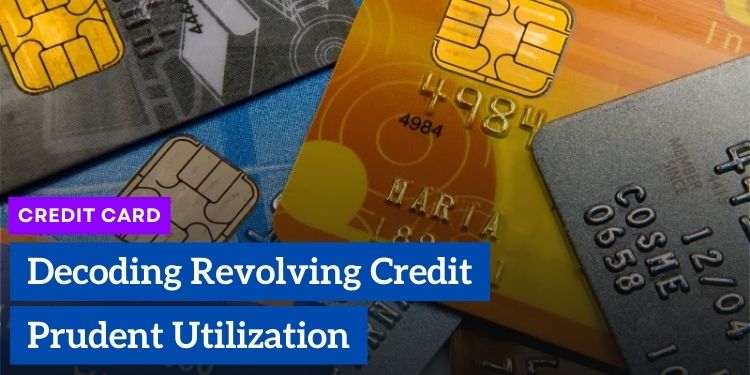Decoding Revolving Credit: Prudent Utilization Strategies

In today’s era, access to credit is an undeniable reality, and one of the most common forms of utilizing this resource is through credit cards—a practical and convenient tool for financial transactions. However, it is crucial to comprehend the intricacies of revolving credit, a model of loan and financing that, if misunderstood and misused, can transform into a financial trap.
The Complex Universe of Revolving Credit
Revolving credit emerges as an option for those who, for various reasons, cannot pay the total amount of their credit card bill by the due date. The most common scenario is the payment of the minimum amount, triggering the activation of revolving credit. However, its activation occurs whenever the consumer settles any amount less than the total.
The discrepancy between the full amount of the bill and the amount paid by the due date is not just a financial liability; it turns into a form of loan, subject to interest on the unpaid balance. The ease of access to this credit may seem tempting, but it conceals a significant challenge: the interest associated with revolving credit ranks among the highest in the market.
Responsible Use of Credit Cards
A credit card, when managed responsibly, can be a valuable tool in everyday financial management. However, avoiding revolving credit is crucial to maintaining financial stability. Setting a spending limit lower than the total provided by the credit card issuer is a wise practice. Regularly monitoring the credit card statement, checking installment purchases, and ensuring the accuracy of transactions are preventive actions that can avoid unpleasant surprises.
Excessive installments should be avoided as they can compromise a significant portion of monthly income in the long run. Conscious consumption, based on genuine needs, is a fundamental guideline. Additionally, prioritizing the full payment of the bill on the due date is an effective strategy to avoid interest charges.
Alternatives and Smart Strategies
For those who find themselves in a situation where they do not have the necessary resources to pay the full credit card bill, it is advisable to explore alternative credit options with lower interest rates than those applied in revolving credit. Using tools such as Serasa Credit to simulate alternative loans with the necessary amount is a recommended practice. Comparing available options and selecting the most advantageous one to pay the bill, often possible online, is a smart way to deal with emergency situations.
The Danger of Revolving Credit
Revolving credit, despite its apparent ease of access, should be treated as an emergency solution. The associated risk lies in the high probability of default, especially due to extremely high-interest rates. The fragility that revolving credit poses to personal finances is substantial, making in-depth knowledge imperative before activating this option.
In conclusion, understanding the mechanisms and risks of revolving credit is essential for a healthy financial life. By employing conscious strategies in managing credit cards and exploring more advantageous credit alternatives in emergency situations, it is possible to avoid the pitfalls of revolving credit.
We invite you to adopt a conscious approach to your credit. By visiting our website, you will find more information on financial management, intelligent strategies, and practical tips to ensure economic stability. Your financial future appreciates your conscious choices. Remember, the key to financial success is in your hands.






